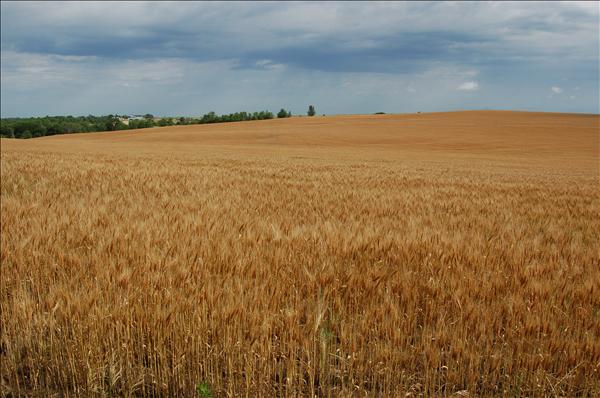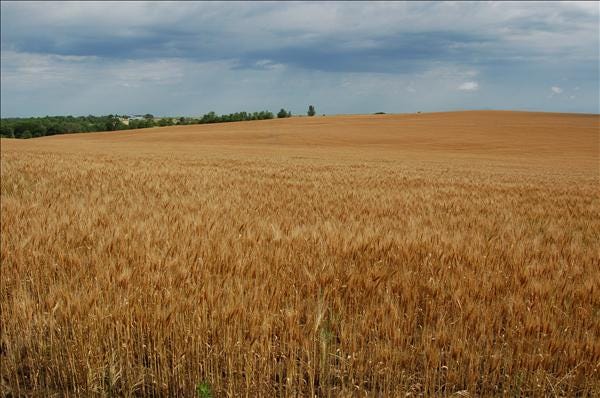
Corn and soybeans dominate the cropping landscape across much of Nebraska. Sugarbeets and dry edible beans have a nice fit in the Panhandle and other parts of western Nebraska, but the state's grain sorghum acres have plummeted in recent decades, and wheat production has gradually lost ground to more corn and soybean acres.
In 2014, Nebraska wheat growers grew the crop on 1.5 million acres, a far cry from the 5.13 acres of hard red winter wheat grown in 1938.

While acreage isn't expected to surge in the next few years, there is a resurgence in interest in wheat breeding research, and University of Nebraska-Lincoln wheat breeders and their counterparts in the private sector are collaborating like never before to produce varieties that fit Nebraska and the central Great Plains.
"It's a breath of fresh air," is how Royce Schaneman, executive director of the Nebraska Wheat Board, explains the developments the past few years, developments that include Bayer CropScience's first North American wheat breeding station right here in Nebraska, plus the donation of 640 acres near Grant for the Henry J. Stumpf International Wheat Center. Stumpf, a Grant area farmer, donated the section of land and $1 million outright for a building at the location, a gift that has a total value of $3 million. It was expected to be open this month.
How the two research sites will mesh isn't entirely clear, but both projects are good news to Nebraska wheat growers and the industry overall.
Bayer CropScience also made available to UNL $2 million for an endowed professorship, a position held by Steve Baenziger, UNL wheat breeder responsible for many of the wheat varieties grown in Nebraska and Great Plains states. Baenziger calls the Bayer CropScience decision to place its North American wheat breeding station in Nebraska huge because it will benefit Bayer, UNL's wheat breeding program, graduate students and Nebraska wheat growers.
Researchers and graduate students from across the state will also conduct research at this southwest Nebraska facility, where both irrigated and dryland wheat research will take place. This center will be open to tours, field days and workshops. Bayer CropScience will have wheat variety trials there, too.
Wheat is one of the world's principle food crops, a fact that becomes more crucial in coming decades when the global population rises to 9 billion people by 2050. Innovations in wheat breeding are needed to ensure the world can meet those food demands. And among those innovations is the necessary introduction of biotechnology traits in wheat.
Researchers will be asked to find better yielding wheat varieties with more beneficial traits while producers are being asked to grow the crop using less water and other inputs like fertilizer, fuel and pesticides. That's a very tall order, but growers in Nebraska will take on that challenge with the help of beefed up wheat research programs in the state.
About the Author(s)
You May Also Like






